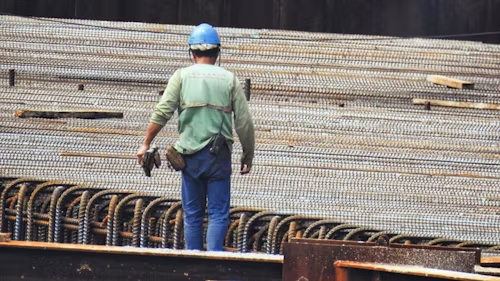
The U.S. construction sector is entering a new phase of transformation as demand for high-performance, energy-efficient building materials accelerates nationwide. According to the newly released “USA Construction Chemicals Market Outlook to 2029” report, the domestic market — currently valued at USD 15 billion — is projected to grow significantly over the next five years, drawing strength from federal infrastructure spending, green building mandates, and rapid innovation in material science.

The report, published by ResearchAndMarkets.com, notes that growth is being “primarily driven by the increasing demand for advanced construction materials, coupled with the rise in infrastructure projects across the country.” Major metropolitan hubs like New York, Los Angeles, and Chicago dominate consumption, backed by dense development pipelines and established supplier networks.
A key contributor is the Infrastructure Investment and Jobs Act (IIJA), which commits over USD 1 trillion toward highways, bridges, transit systems, and utilities. The legislation has opened major procurement pipelines for admixtures, sealants, coatings, and repair chemicals, all essential for rehabilitating aging public assets.
The report highlights the scale of opportunity, noting that over 45,000 bridges and 280,000 miles of roadways fall under federal revitalization mandates — each requiring durability-enhancing chemical products for corrosion control, waterproofing, and crack resistance.
Environmental expectations are also reshaping the market. The report underscores that eco-conscious construction chemicals represent 23% of product sales yet account for 41% of overall growth, illustrating how preference is shifting toward bio-based adhesives, low-VOC sealants, and recyclable admixtures.
In line with this trend, the organic segment now leads the market by source, as “consumers are becoming more aware of the environmental impact of construction activities.” Regulatory frameworks and green building certification programs such as LEED and Energy Star are pushing manufacturers to continuously innovate.
.avif)
Interestingly, the residential construction sector is currently the largest application segment, supported by a wave of home renovations, smart home retrofits, and DIY repair projects. Homeowners looking to improve energy efficiency, weather protection, and structural resilience are now major contributors to chemical sales.
The competitive landscape includes global leaders like BASF, Sika AG, Dow Chemical Company, Huntsman Corporation, and GCP Applied Technologies, all of which are investing aggressively in nanotechnology-based products and self-healing concrete systems.
The report also notes that technological advancements are enabling extended material lifecycles, stating that “innovations such as nanotechnology-enhanced admixtures and self-healing concrete composites are boosting performance, improving strength, durability, and heat insulation.”
Despite the positive trajectory, the sector faces headwinds:
Still, analysts are confident in the long-term outlook. As stated in the report, the U.S. construction chemicals market is “poised for significant growth” as sustainability, digitalization, and infrastructure funding converge to reshape material standards nationwide.
Originally reported by Business Wire.